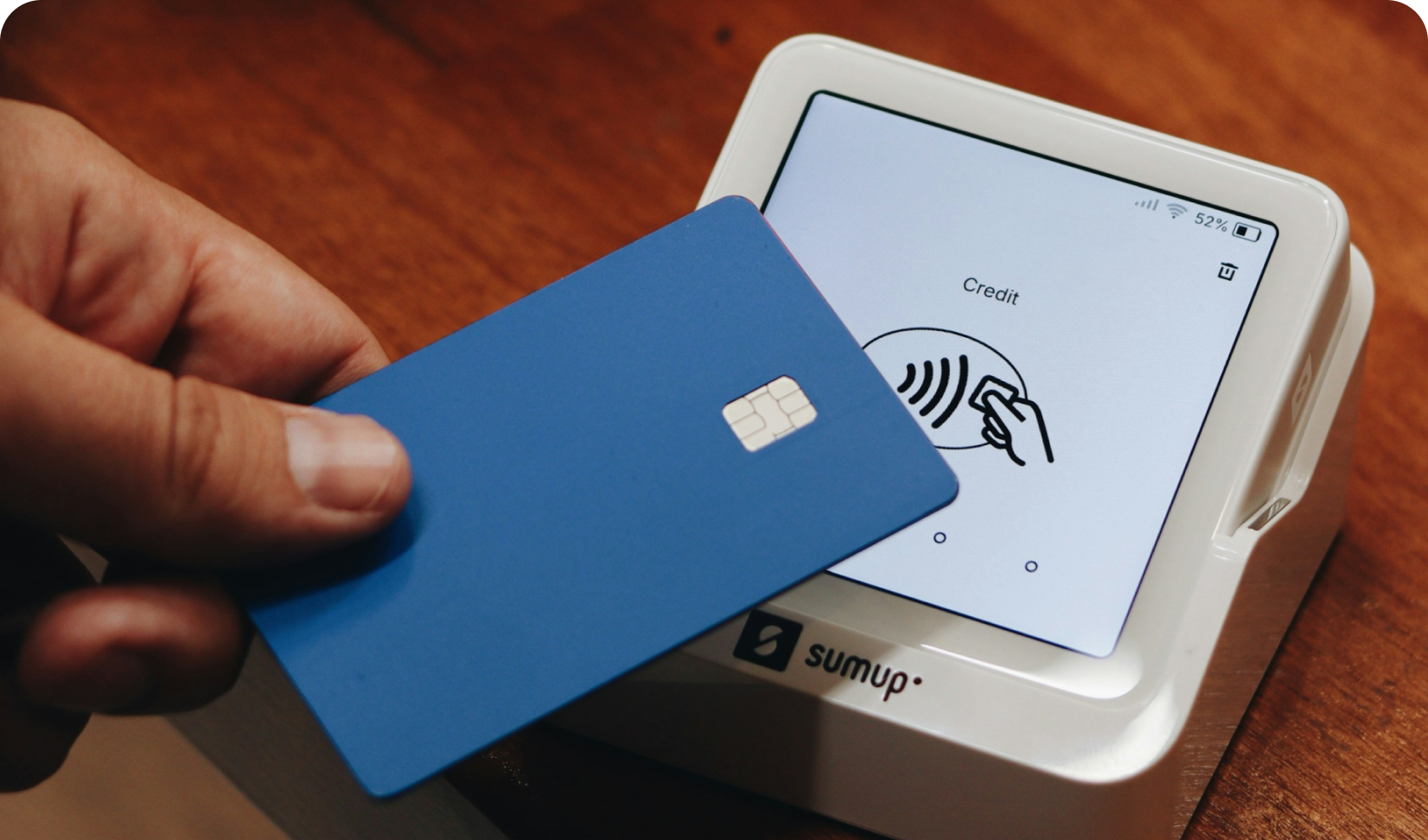Future Flavors: How Burger King nailed Concept Testing with Predictive Insights
Appinio Research · 18.06.2024 · 7min read

Content
In the fast-paced world of fast food, staying ahead requires more than just an innovative menu; it demands a deep understanding of evolving consumer preferences. Burger King, a titan in the industry, faced this very challenge: deciphering the desires of a diverse clientele to keep its menu fresh and appealing. Previous market research had proven ineffective, prompting the need for a new approach to stay competitive.
This led to a transformative journey with Appinio, a partnership that not only changed the game for Burger King but also set a new standard in customer-centric innovation.
💡 Too little time for a deep dive? Download the one-pager!
Understanding the Challenge
Burger King strives daily to surprise and delight its customers with tasty and innovative product lines. However, innovations don’t just appear; they are the product of a continuous creation process and methodical testing. And Burger King has always been a pioneer, leveraging multiple market research strategies to understand which menu items have the highest potential.
The primary goal of their market research journey was to identify the most promising items from a new product line to meet consumer demands. Achieving this would help stores manage inventory, support finance and procurement departments, reduce food waste, and boost sales performance.
The Initial Approach: Concept Testing
Burger King turned to concept testing to evaluate consumer responses to 10 menu items together with a market research firm. The target audience consisted of fast food enthusiasts aged 18 to 59, who assessed the items based on six KPIs. Based on this wealth of data, a scoring system was created to indicate whether an item would resonate with consumers.
Initially, there were positive correlations between the scoring system and the menu items consumers favored, allowing Burger King to identify hits. However, this success was short-lived. The predictive power of the scoring system faltered, with some items performing contrary to expectations.
And that’s when Appinio stepped in.
The Appinio Solution
When Burger King partnered with Appinio, it was a match aimed at revolutionizing the way the brand approached concept testing.
Appinio brought Cronbach onboard for even more analyzing power, and then they started investigating and reviewing data from previous research to understand what didn’t work.
Step 1 – Identify
The previous concept testing showed successful results in the beginning, but then started to lose its strength, so how did this happen exactly?
Among the reasons there were
- Inappropriate KPIs: The KPIs used were too abstract and didn’t reflect actual consumer behavior.
- Scoring system as a black box: It appeared that there was no clear rationale behind the scoring system and the different KPIs were not weighted properly against each other.
This approach was widening the say-do gap (when intentions or concerns are not being followed up in actions), instead of closing it.
Step 2 – Predict
With the issues identified, the focus shifted to overhauling the model, by improving the key elements:
- Burger evaluation set: Participants now evaluated 5 menu items using a signature Burger King item as an anchor, instead of 10 without an anchor.
- Behaviorally driven KPIs: The KPIs were upgraded to reflect actual consumer behavior.
- Incorporation of previous performance data: Historical performance data were factored into the new concept testing.
With this new set up, Appinio ran the test once again, gathering data to include into the new predictive model.
The result was the creation of the Burger Prediction Index, a score that identified top-performing menu items according to consumer preferences, by accurately weighing all the components and KPIs, and providing a prediction of the sales performance.
To ensure accuracy, the new score was tested against sales performance data from a recently launched line, predicting outcomes with over 90% accuracy.
Step 3 – Plan
Backed by these great results, the Burger Prediction Index was ready to be implemented and become an integral part of Burger King's innovation process, used by stores, Product Innovation and Procurement Departments.
This is a turning point in the planning and purchasing of needed resources and planning of marketing investments.
Impact
With the introduction of this new predictive model, Burger King is set to make significant strides in enhancing their strategic decision-making and operational efficiency.
This refined approach revolutionizes the way Burger King identifies and evaluates burger concepts, spotting the most promising offerings with greater ease and precision. Unlike the previous model, this updated version is adept at accurately forecasting sales performance, providing invaluable insights that go beyond mere speculation to solid, data-backed predictions.
Burger King’s Product Innovation and Procurement Departments now have a powerful tool at their disposal. With precise predictions on sales performance, these departments can allocate resources more effectively, ensuring that every euro spent and every resource allocated contributes directly to their success.
This level of efficiency not only boosts bottom line but also significantly reduces waste, allowing Burger King to operate in a more sustainable and responsible manner.
Ensure your Concept Testing delivers predictive insights: the Appinio way
Concept testing is one of the most common tools businesses use to validate their ideas, however and as you’ve learnt from this story, misusing it can be quite easy.Here are four key factors to keep in mind when conducting a Concept Testing and gain predictive insights.
- Simulate real-world buying situations
Ensure the testing environment, including stimuli and scenarios, closely mirrors actual purchase contexts to capture genuine consumer reactions and buying behavior. For instance, include price points if they are fixed and select a sample that represents the target market. - Prioritize behaviorally relevant and action-oriented KPIs
Focus on items and KPIs that are behaviorally relevant and action-oriented, avoiding purely conceptual evaluations. This approach serves as a stronger predictor of genuine buying decisions, providing a clearer picture of how the concept will perform in the market. - Contextualise KPIs and set-up with comparisons
Phrase critical items and KPIs to include comparisons with existing products or solutions that participants currently use. This method grounds their feedback in a relevant context and reveals potential shifts in behavior that the new product might initiate. - Account for external factors
Be mindful of the evolving nature of consumer preferences and market conditions, recognizing the significant influence of branding and advertising on mental availability. Ensuring the concept is positioned to become top-of-mind for consumers enhances its market penetration potential.
Transform your business with Appinio
Revolutionize your development process leveraging Appinio predictive insights, reach out to our experts to discuss your research objectives!
Get facts and figures 🧠
Want to see more data insights? Our free reports are just the right thing for you!


